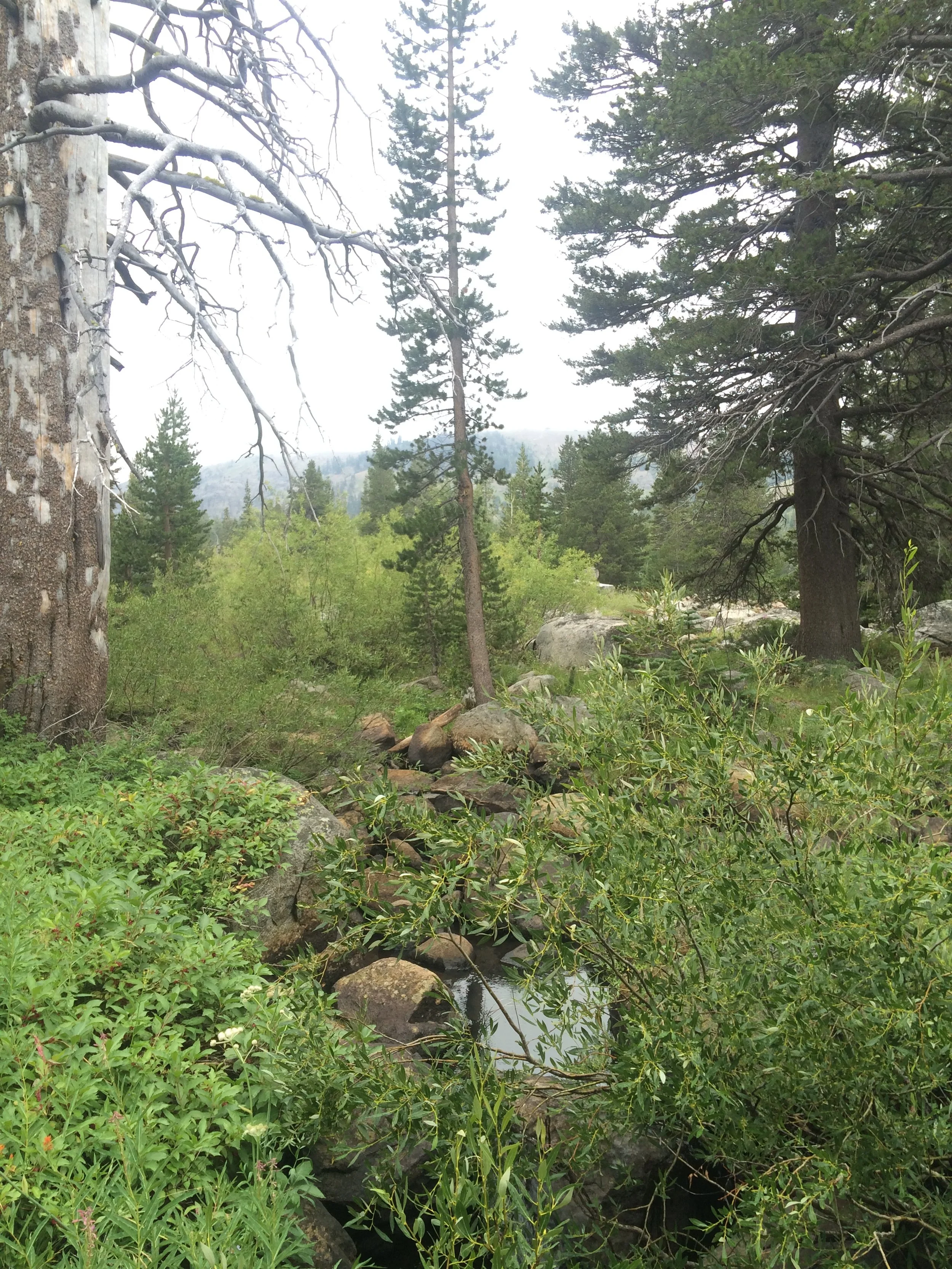Tahoe RIT contact: Daniel Kaus; USFWS (FAC); daniel_kaus@fws.gov, (775) 861-6369
Bonsai rock on lake tahoe. Credit: TRPA
the marina at fallen leaf lake. Credit: trpa
The Tahoe Management Unit (TMU) includes the USGS Lake Tahoe (HUC 16050101) hydrologic unit. The TMU contains some of the most climate-resilient habitat within LCT’s historical range, including numerous alpine lakes. The TMU contains three potential LCT recovery populations currently. The first is within Upper Truckee River/Meiss Meadow, which is a resilient, interconnected stream and alpine population with on-going management of the threats from non-native trout. Fallen Leaf Lake is existing LCT population connected to Lake Tahoe via Taylor Creek, an outflow stream; it is mostly fed by Glen Alpine Creek, which has a relatively large upstream watershed. This population is currently maintained entirely through fish stocking activities.
With a substantial, multi-year effort, this population could become resilient by managing nonnative trout in the upper watershed. Lastly, recent efforts have been made to reintroduce an LCT population into Lake Tahoe, the largest and most climate-resilient lake within its historical range. Reestablishing population(s) that reside in Lake Tahoe and spawn annually in a subset of its tributary systems requires an increased understanding of the hybridization risk of LCT with non-native rainbow trout; managing and minimizing that risk through time to an acceptable level will be an ongoing, iterative process.
The objectives for LCT within the TMU include:
TMU 1) Manage and minimize threats (i.e., competition, predation) and hybridization risk from non-native trout species to allow for the formation and/or maintenance of TMU LCT population identified in TMU objectives 2 and 3; and
TMU 2) Establish multiple lake recovery populations within the unit, including in Lake Tahoe; and
TMU 3) Continue management of the interconnected population within Upper Truckee River/Meiss Meadow and adopt guidance from the pending LCT Genetics Management Plan.



